Stablecoin vs Cryptocurrency vs Digital Payment vs Prepaid: Key Differences Explained in Japan’s Cashless Society
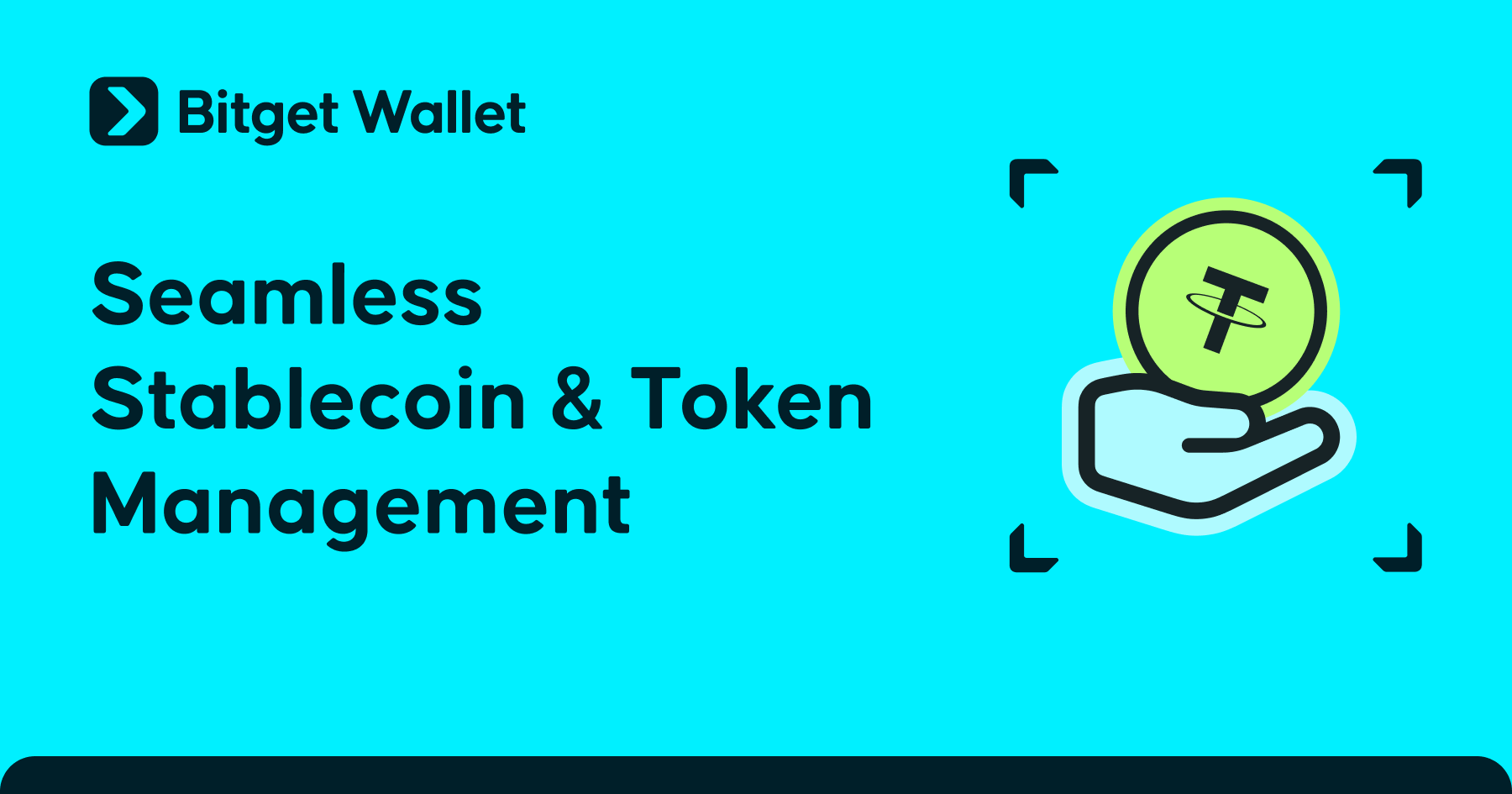
Stablecoin vs Cryptocurrency vs Digital Payment vs Prepaid is now one of the most important discussions in Japan’s rapidly evolving cashless society. With the government promoting cashless transactions, consumers in Japan face multiple payment options, from Stablecoin in Japan like JPYC, to Cryptocurrency in Japan, to everyday digital payment in Japan systems like PayPay, and even prepaid payment instruments Japan such as Suica and Pasmo cards.
This article explains the key differences between stablecoins, cryptocurrencies, digital payments, and prepaid instruments in Japan—covering definitions, legal frameworks, practical use cases, and comparison charts. We’ll also highlight Bitget Wallet as a comprehensive tool to manage stablecoins, cryptocurrencies, and global digital payments in one place.
What Is a Stablecoin and How Is It Used in Japan?
A stablecoin is a digital currency designed to keep its value steady by linking (or “pegging”) it to a traditional fiat currency such as the Japanese yen or the U.S. dollar. Unlike highly volatile cryptocurrencies in Japan like Bitcoin or Ethereum, stablecoins are typically backed by fiat reserves or low-risk collateral. This stability makes them far more practical for everyday payments, savings, and even international remittances.
In Japan the 'Payment Services Act (PSA)' classifies stablecoins as electronic payment devices and not crypto assets. This particular legal definition allows them as easier payment mechanisms in a regulated financial ecosystem than cryptocurrency.
A clear example is 'JPYC', a yen backed stablecoin. Japanese users can streamline payments and crypto market movements as well as access DeFi services in a fully integrated manner.
For users interested in passive and secured income the 'Bitget Wallet' offers a unique 'Stablecoin Earn Plus' feature that helps users in Japan put their stablecoins to work at interest rates of 18% APY.
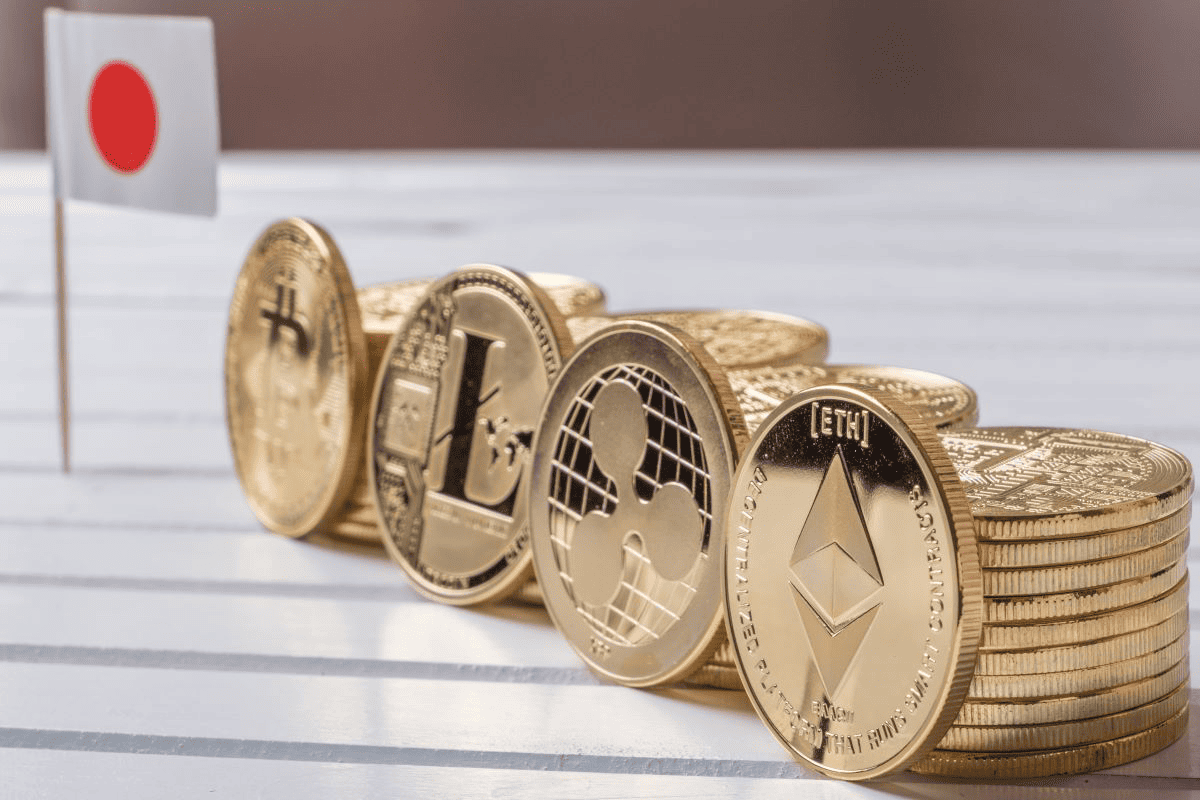
Source: X
Why Is JPYC Different from Other Stablecoins?
JPYC stands out in the Japanese market because of its legal status and usability:
- Regulated under Japanese law: Issued by JPYC Inc., which holds a funds transfer service license from the Financial Services Agency (FSA).
- Not classified as a crypto asset: Unlike USDT or USDC, JPYC is treated as an electronic payment instrument, giving it a unique place in Japan’s legal framework.
- Integration in Japan’s cashless ecosystem: JPYC can be used across DeFi, online services, and potentially integrated with local digital payment systems, making it more practical for everyday use.
Read more: What is JPYC and How Does It Work? Japan Approves First Yen-Backed Stablecoin
What Is a Cryptocurrency and How Does It Differ from Stablecoins?
A cryptocurrency such as Bitcoin or Ethereum is a decentralized digital asset not backed by fiat or a government. It runs on blockchain networks and is mostly used as an investment or speculative tool.
The biggest difference in stablecoin vs cryptocurrency is price volatility. While stablecoins in Japan like JPYC maintain a 1:1 peg with fiat, cryptocurrencies rise and fall with market demand. That volatility makes them attractive as investment assets, but impractical for daily purchases.
On the trading side, Bitget Wallet offers a strong edge—providing zero-fee trading on memecoins, Bitcoin, Ethereum, and even innovative real-world asset (RWA) U.S. stock tokens.
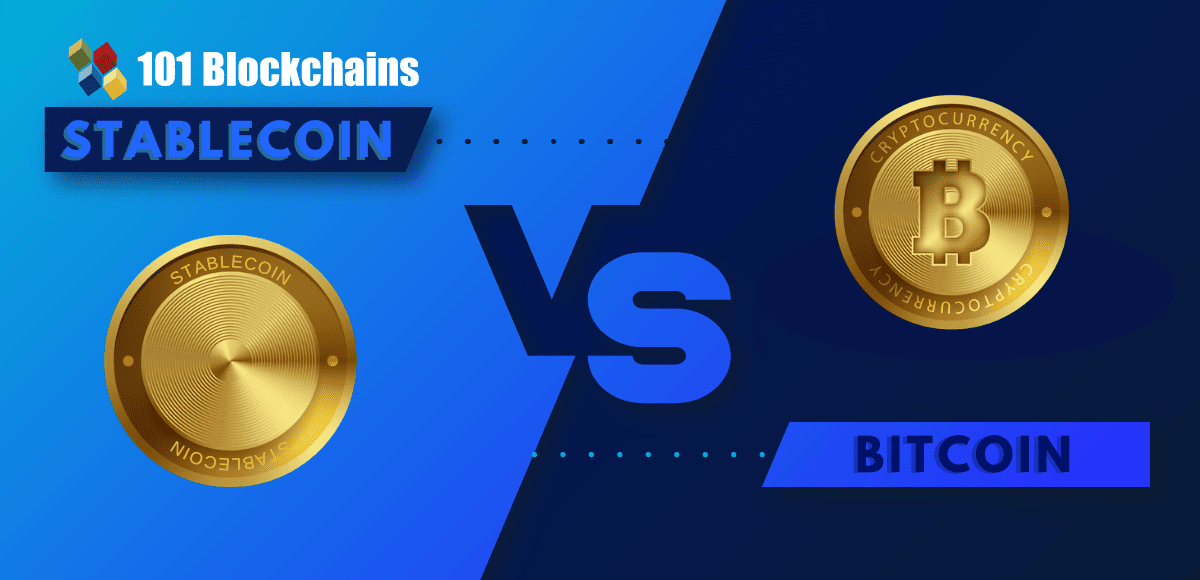
Source: 101Blockchain
Can Cryptocurrencies Be Used for Daily Payments in Japan?
Although cryptocurrencies are popular for investment, their use as an everyday payment method in Japan remains limited:
- Legal stance: Cryptocurrencies are regulated by the Financial Services Agency (FSA) as “crypto-assets,” but they are not legal tender in Japan.
- Merchant adoption: A few online retailers and service providers accept Bitcoin or Ethereum, but acceptance is still small compared to cashless payment apps like PayPay or prepaid IC cards.
- Conversion required: In most cases, cryptocurrencies must be converted into yen via an exchange before being used in daily transactions.
For deeper insights, you can read more on the Bitget Academy: Stablecoin vs Bitcoin – Key Differences.
What Are Digital Payments and How Do They Work in Japan?
Digital payments in Japan refer to non-cash transactions conducted through credit cards, debit cards, QR-code apps, and electronic money services. Instead of relying on physical yen, consumers increasingly use platforms like PayPay, LinePay, and Rakuten Pay, as well as contactless payments via Visa, Mastercard, and JCB.
According to recent data, PayPay leads Japan’s QR-code market with over 60% share, while Rakuten Pay and LinePay also show strong growth. The rise of digital payment in Japan reflects both consumer demand and government-backed initiatives to accelerate cashless adoption.
From a crypto perspective, Bitget Wallet is bridging the gap by offering a Crypto Card powered by Visa and Mastercard, enabling global zero-fee spending. This functions just like a traditional credit card, but transactions are powered by your crypto holdings, giving Japanese users borderless financial freedom.
What Types of Digital Payments Are Commonly Used?
Japan’s digital payment ecosystem includes a variety of methods, each serving different contexts:
- Credit and Debit Cards – Widely accepted in retail and e-commerce, with contactless “tap-to-pay” features gaining popularity.
- QR Code Payments – PayPay, LinePay, Rakuten Pay dominate smartphone-based consumer payments.
- Transportation IC Cards – Suica, Pasmo, Icoca act as prepaid smart cards used for trains, buses, vending machines, and convenience stores.
- Carrier Billing – Mobile phone carriers like NTT Docomo and au allow payments charged directly to monthly bills.
Comparison Table: Common Digital Payments in Japan
| Payment Type | Examples (Japan) | Usage Context | Pros | Cons |
| Credit/Debit | Visa, Mastercard, JCB | Retail, online, travel | Global acceptance, rewards | Fees, requires bank account |
| QR Code | PayPay, LinePay, Rakuten | Shopping, dining, services | Easy, cashback campaigns | App dependency |
| IC Cards | Suica, Pasmo, Icoca | Transport, vending, stores | Fast, convenient | Limited to Japan |
| Carrier Billing | Docomo, au, SoftBank | Digital content, services | No card needed, simple setup | Limited spending amount |
Why Is Digital Payment Adoption Growing in Japan?
The growth of digital payment in Japan is driven by several structural and cultural factors:
- Government policies: The Ministry of Economy, Trade, and Industry (METI) set targets to increase cashless payments to 40% by 2025, and even higher beyond, to improve efficiency in the economy.
- Convenience and efficiency: Digital payments offer faster checkout, reduced handling of coins, and integration with loyalty/reward systems.
- Inbound tourism: With millions of tourists visiting Japan yearly, global payment acceptance via Visa and Mastercard contactless ensures compatibility with foreign spending habits.
As Japan pushes further toward a cashless society, both domestic solutions like PayPay and global innovations like the Bitget Wallet Crypto Card will play crucial roles in shaping the future of consumer payments.
What Are Prepaid Payment Instruments and How Are They Used?
In Japan, prepaid payment instruments have long been a core part of the cashless landscape. Within the wider debate of Stablecoin vs Cryptocurrency vs Digital Payment vs Prepaid, prepaid cards are the most familiar option for everyday consumers. Popular examples include Suica and Pasmo for transportation, as well as retail cards like WAON (Aeon) and nanaco (Seven & i Holdings).
The structure is simple: you load money onto the card first—either through cash or bank transfer—and then spend from that stored balance. Many commuters rely on prepaid cards because they are quick, convenient, and make it easier to budget daily expenses.
However, compared to other categories in the Stablecoin vs Cryptocurrency vs Digital Payment vs Prepaid discussion, prepaid instruments have limitations. Balances are often non-refundable, acceptance is restricted to certain merchant networks, and they lack flexibility for online purchases or international transactions.
How Do Prepaid Instruments Differ from Digital Payments?
When examining Stablecoin vs Cryptocurrency vs Digital Payment vs Prepaid, it becomes clear that prepaid and digital payments are not the same, even though both replace physical cash:
- Prepaid: Funds are stored in advance on the card or account. Once depleted, the card must be recharged.
- Digital Payments: Linked directly to a bank or card, transactions occur in real time (debit) or on a postpay basis (credit).
- Flexibility: Digital payments usually provide refund or dispute options, while prepaid cards are more rigid.
In short, prepaid is ideal for simple, budgeted use, while digital payments offer broader flexibility. Both sit alongside stablecoins and cryptocurrencies in the Stablecoin vs Cryptocurrency vs Digital Payment vs Prepaid framework that defines Japan’s cashless society.
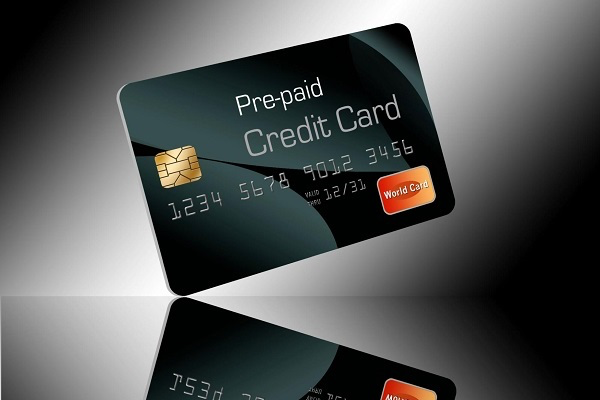
Source: X
Comparison Table: Prepaid vs Digital Payments in Japan
| Feature | Prepaid Instruments (Suica, WAON, nanaco) | Digital Payments (PayPay, Visa, Rakuten Pay) |
| Structure | Load first, spend later | Real-time debit or postpay |
| Refundability | Usually non-refundable | Refunds/disputes possible |
| Acceptance | Limited to specific networks | Widely accepted in stores & online |
| Best Use Case | Transport, small daily purchases | Broader shopping, travel, cross-border use |
Stablecoin vs Cryptocurrency vs Digital Payment vs Prepaid — What Are the Key Differences?
Each of these payment categories plays a different role in Japan’s cashless society. To make the distinctions clearer, here’s a side-by-side comparison:
Comparison Table: Four Payment Categories in Japan
| Type | Example | Issuer | Refundable? | Use Case in Japan |
| Stablecoin | JPYC, USDC | Licensed firms (FSA rules) | Yes (redeemable) | Cross-border remittances, DeFi, savings |
| Cryptocurrency | Bitcoin, Ethereum | Decentralized (miners, nodes) | No | Investment, trading, speculation |
| Digital Payment | PayPay, Rakuten Pay, Visa | Banks, fintechs, card networks | Yes | Daily shopping, e-commerce, travel |
| Prepaid | Suica, WAON, nanaco | Transit & retail operators | No (non-refundable) | Transit, convenience stores, vending |
Which Option Is Most Practical in Japan’s Cashless Society?
The most practical tools for daily life are still prepaid cards and digital payment apps—whether tapping Suica at the station or scanning a PayPay QR code at the store.
Stablecoins are gaining popularity for cross-border transfers, DeFi, and savings, especially with the PSA giving them clear legal recognition.
Cryptocurrencies remain popular for trading and investment thanks to their volatility, but are less common at cash registers.
Bitget Wallet ties everything together:
- Earn up to 18% APY with Stablecoin Earn Plus.
- Trade Bitcoin, Ethereum, and memecoins with zero fees.
- Use the Crypto Card (Visa/Mastercard) to spend anywhere, globally, without fees.
In short, understanding Stablecoin vs Cryptocurrency vs Digital Payment vs Prepaid helps consumers choose wisely in Japan’s diverse cashless landscape. With Bitget Wallet, users don’t have to pick just one—they can manage all four within a single app.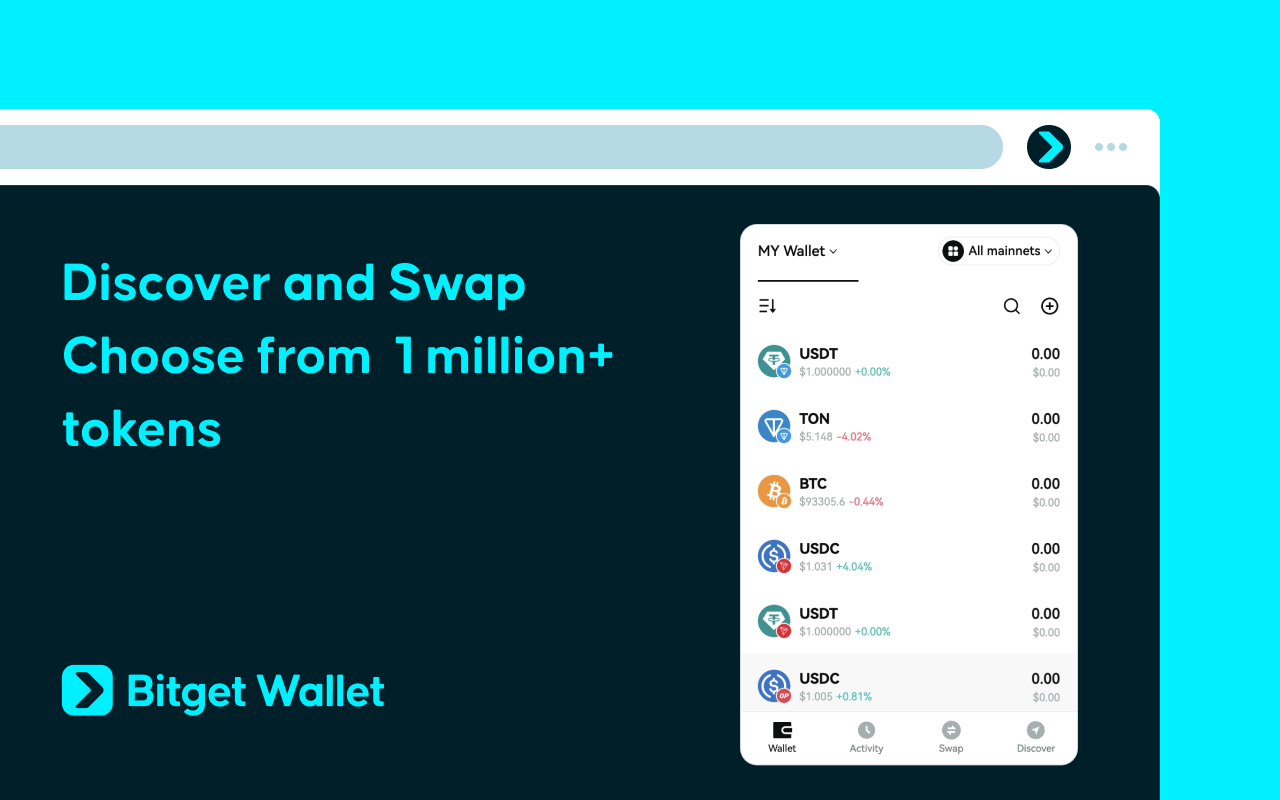
Conclusion
Stablecoin vs Cryptocurrency vs Digital Payment vs Prepaid reflects how Japan’s financial system balances regulation, convenience, and innovation. Each serves a different purpose:
- Stablecoins in Japan like JPYC are legally recognized, stable in value, and practical for remittances, DeFi, and savings.
- Cryptocurrencies in Japan like Bitcoin and Ethereum are decentralized and volatile—great for investors, less so for daily purchases.
- Digital payments in Japan such as PayPay, Rakuten Pay, and credit cards dominate everyday transactions thanks to ease of use and wide acceptance.
- Prepaid payment instruments Japan like Suica, Pasmo, and WAON remain essential for commuters and quick purchases.
For consumers, businesses, and investors, knowing the distinctions is key to navigating Japan’s financial future.
Download Bitget Wallet to earn up to 18% APY with Stablecoin Earn Plus, enjoy zero-fee trading on memecoins and RWA tokens, and spend globally with the Bitget Wallet Crypto Card powered by Mastercard & Visa.
Sign up Bitget Wallet now - grab your $2 bonus!
FAQs
Is JPYC a stablecoin or a cryptocurrency?
JPYC is a stablecoin in Japan, not a cryptocurrency. It is legally classified as an electronic payment instrument under the Payment Services Act, pegged to the Japanese yen, and designed for stable value transactions. Unlike volatile cryptocurrencies such as Bitcoin or Ethereum, JPYC is intended for cashless payments in Japan and DeFi usage. This distinction highlights the difference in the debate of Stablecoin vs Cryptocurrency vs Digital Payment vs Prepaid.
Can I use crypto like Bitcoin to pay in Japan?
Yes, but only in limited cases. While some online merchants and a few retail shops accept Bitcoin, cryptocurrencies are not legal tender. In most cases, you must convert them into yen via an exchange before payment. For broader usage, digital payments in Japan such as PayPay, Rakuten Pay, or Suica cards are more widely accepted. This shows how Stablecoin vs Cryptocurrency vs Digital Payment vs Prepaid plays out in real-world adoption.
What is the difference between prepaid and digital payments?
The main difference is structure. Prepaid payment instruments in Japan like Suica or WAON require you to load money first, then spend it. Digital payments such as credit cards or QR apps deduct funds in real time or on a postpay basis, offering more flexibility and refund options. Understanding Stablecoin vs Cryptocurrency vs Digital Payment vs Prepaid helps consumers choose the right tool for convenience and safety.
Which electronic payment methods are most accepted in Japan?
For everyday life, the most accepted options include credit cards (Visa, Mastercard, JCB), QR code apps (PayPay, LinePay, Rakuten Pay), and transport IC cards (Suica, Pasmo, Icoca). These dominate Japan’s cashless society and are easier to use than cryptocurrencies for daily transactions, reflecting how Stablecoin vs Cryptocurrency vs Digital Payment vs Prepaid impacts consumer preferences.
Is Bitget Wallet safe for managing stablecoins and crypto?
Yes. Bitget Wallet is a secure, non-custodial wallet where users control their private keys. It supports stablecoin storage, crypto trading with zero fees, and even global digital payments through the Crypto Card powered by Mastercard & Visa. For stablecoin holders, features like Stablecoin Earn Plus (up to 18% APY) make it one of the best tools for managing assets safely and profitably—offering real advantages in the landscape of Stablecoin vs Cryptocurrency vs Digital Payment vs Prepaid.
Risk Disclosure
Please be aware that cryptocurrency trading involves high market risk. Bitget Wallet is not responsible for any trading losses incurred. Always perform your own research and trade responsibly.
- WLFI Token Buyback: How World Liberty Financial Uses Treasury Unlocks?2025-12-20 | 5 mins
- Cardano ETF Approval Timeline: When Could an $ADA ETF Finally Launch?2025-12-19 | 5 mins
- How to Create a Virtual Number for Telegram and Avoid Account Ban Risks2025-12-18 | 5 mins

















